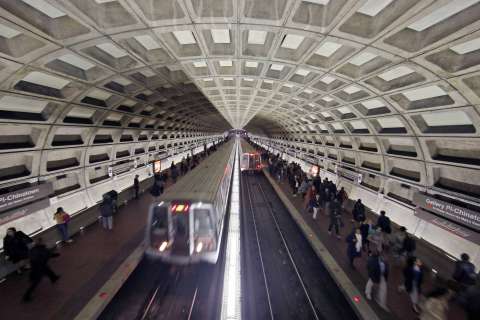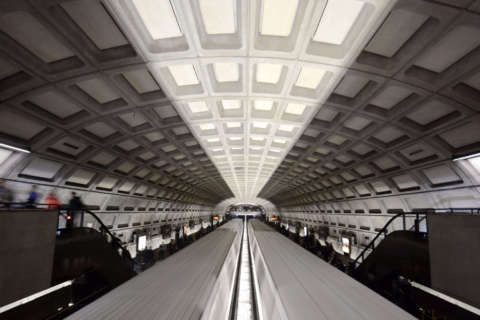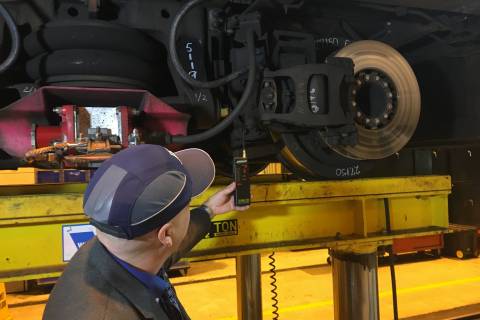WASHINGTON — Dark tunnels, stations without evacuation procedures, and concrete crumbling onto the tracks are all among the problems federal inspectors found across the Metro system in April.
The April inspection reports, released late last week, show a number of positive signs, even as the Federal Transit Administration team found a series of issues that need to be addressed.
For example, there are still instances where workers stand around waiting more than two hours to get permission to access the tracks. A delay of two and a half hours in one instance meant only half a scheduled inspection near Foggy Bottom was completed.
Missing evacuation procedures
Several Red Line stations had old emergency evacuation maps, or no emergency evacuation procedures available at all, inspectors found.
At Rhode Island Avenue on April 6, the station manager did not have a copy of Metro’s safety rules and procedures handbook, or a copy of the station’s emergency evacuation procedures.
A week and a half later, an inspector found the station managers at Cleveland Park and Medical Center also did not have the handbook or the procedures for their stations available.
At Silver Spring and Brookland-CUA, emergency evacuation maps from 1997 remained at the station, even though updated 2016 maps were available too.
Similar problems with missing or outdated procedures were noted on the Green Line in March.
Dark tunnels, blocked emergency paths
Between Pentagon and Pentagon City, inspectors found “none to severely poor lighting” on April 6.
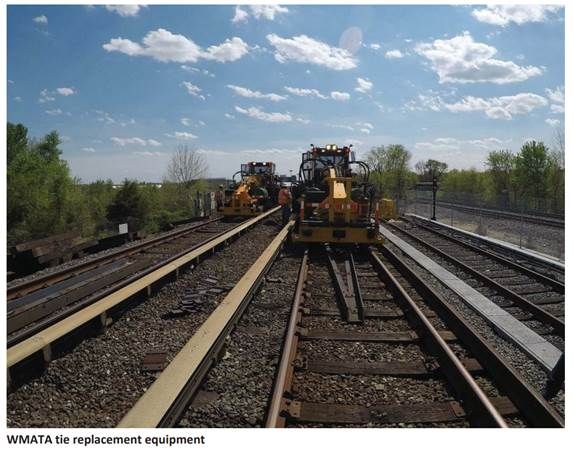
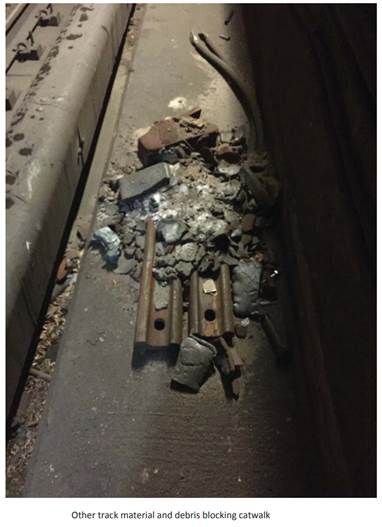
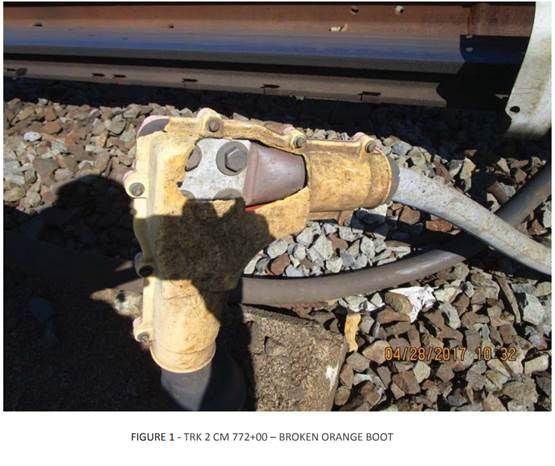
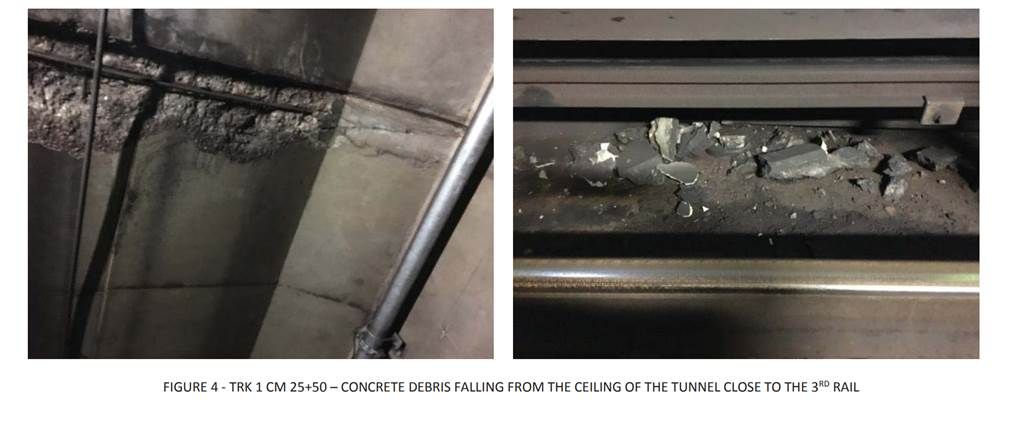
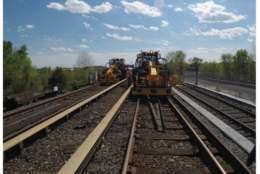
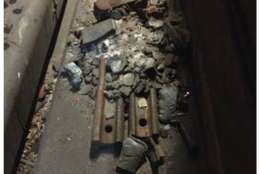
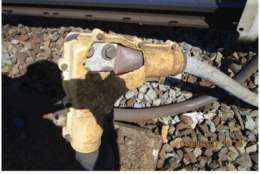
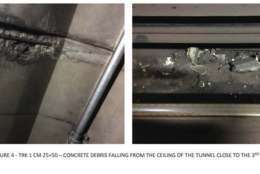
On one of the catwalks next to the tracks, leftover debris from track work blocked an exit path.
Inspectors also found water backing up to and under the electrified third rail in that stretch, and other spots where water was not draining properly.
Farther south on the Yellow and Blue lines, in the tunnel just south of King Street, inspectors found only three working lights in a 1,200-foot stretch on April 12.
In other parts of the system, inspectors and Metro crews identified cable seals that needed to be replaced and a number of cables lying on the track bed.
But even when Metro workers were able to identify an issue, the materials to fix it were not always available.
On April 21, Metro workers diagnosed a problem with an emergency power trip station between L’Enfant Plaza and Pentagon as a bad wire — but did not have a spare wire available to immediately replace it.
Concrete crumbling
Pieces of concrete fell from the ceiling next to the third rail between Union Station and Gallery Place, and the FTA directed Metro to figure out the cause.
In other areas, inspectors found a newly poured concrete pad supporting the tracks along the Yellow Line had fallen apart near Eisenhower Avenue.
A separate oversight report for 24/7 track work zones noted that as of mid-April, Metro had yet to approve a way to field-test the concrete that is poured for new grout pads.
Other pads poured in the Surge 13 work area appeared to hold up fine.
For future work zones, Metro is considering using data collected from railcars on how bouncy the ride is to determine areas where additional work is needed.
Rail yard safety
Metro has no standard procedures to secure railcars that are lifted up into the air in maintenance shops.
Federal inspectors found a number of safety risks during an inspection in the Alexandria rail yard in late April, including hoist controls left unattended and powered on, cars lifted up into the air without being secured, and the use of spare parts, rather than tools actually designed for the job, to keep stored wheels and axles from rolling away.
At Greenbelt, inspectors saw a train operator leave a train in a shop without applying handbrakes.
Inspectors planned to follow up on the potential safety issues.

